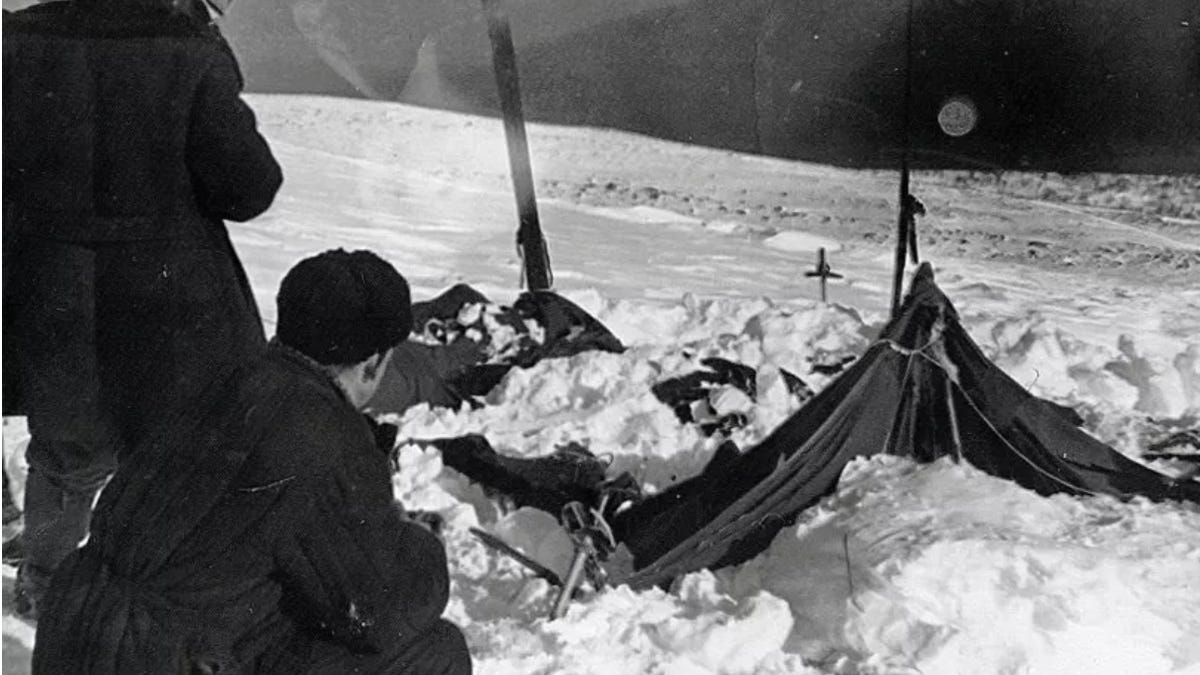Tourists reportedly missing in Russia's infamous mystery hiking site
"[T]hey have not returned yet and there is no contact with them," a local source said.

Dyatlov Pass is known for being the site of Russia's most speculated hiking mystery.
Russia's Dyatlov Pass incident has been the subject of great speculation and scientific analysis for over half a century, after a team of nine hikers perished savagely under mysterious circumstances on the slopes of the Ural Mountains in 1959. The mystery rendered the area a popular tourist destination for experienced hikers, but it has allegedly struck again.
According to Newsweek, a team of eight unregistered hikers has allegedly gone missing while on a hiking expedition to the area. The tourists, harkening from Moscow, were meant to return from the slopes on Wednesday morning, but their current whereabouts are unknown.
A local source said, "They were supposed to leave at eight o'clock this morning. But they have not returned yet and there is no contact with them."
The group failed to register with The Ministry of Emergency Situations in the Sverdlovsk Region, who told news outlet Izvestia that they were in contact only with three registered groups on the mountain.
It is believed that the tourists visited the pass to pay tribute to the original nine victims from the 1959 mystery.
What happened on Dyatlov Pass in 1959?
In January 1959, a team of experienced Russian mountaineers were trekking in the Ural Mountains, on a stretch of the slopes known as Kholat Saykhl, or "dead mountain." That is, until they perished under mysterious circumstances.
Personal diaries and film discovered on site confirm that the team had made camp, but something caused the hikers to flee in the middle of the night, cutting their way out of the tent and scrambling across the mountain -- barely dressed despite subzero temperatures and a thick layer of snow.
When a search and rescue team finally found them weeks later, scattered over the pass, they discovered that while six of the hikers had died from hypothermia, the remaining three hikers had been killed by extreme physical trauma. There were body parts missing -- one hiker's eyes, another's tongue -- and severe skeletal damage to some of the skulls and chests.
Recent studies from the Snow Avalanche Simulation Laboratory at the École Polytechnique Fédérale in Lausanne, Switzerland have shown that the culprit was most likely a short, impactful avalanche, wedging the hikers between a hard slab of snow and their own skis.

